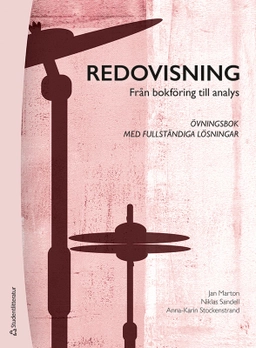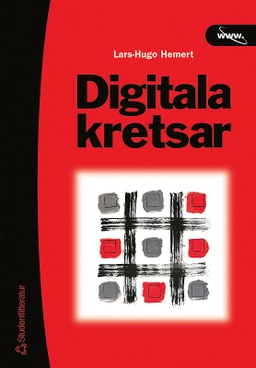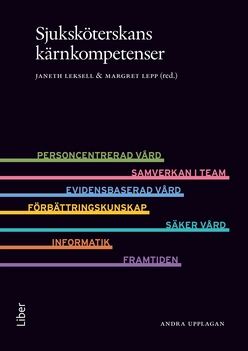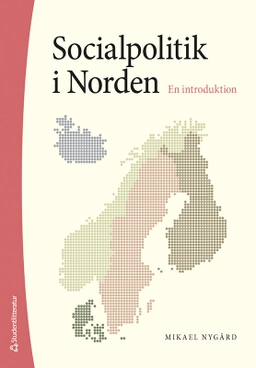

Critical substantive validity testing of legal norms - The example of homes for care or residenceUpplaga 1
- Upplaga: 1a upplagan
- Utgiven: 2016
- ISBN: 9789172236455
- Sidor: 171 st
- Förlag: Jure Förlag
- Format: Häftad
- Språk: Engelska
Om boken
Åtkomstkoder och digitalt tilläggsmaterial garanteras inte med begagnade böcker
Mer om Critical substantive validity testing of legal norms - The example of homes for care or residence (2016)
I maj 2016 släpptes boken Critical substantive validity testing of legal norms - The example of homes for care or residence skriven av Elisabeth Eneroth. Det är den 1a upplagan av kursboken. Den är skriven på engelska och består av 171 sidor djupgående information om juridik. Förlaget bakom boken är Jure Förlag.
Köp boken Critical substantive validity testing of legal norms - The example of homes for care or residence på Studentapan och spara pengar.
Tillhör kategorierna
Referera till Critical substantive validity testing of legal norms - The example of homes for care or residence (Upplaga 1)
Harvard
Oxford
APA
Vancouver



















